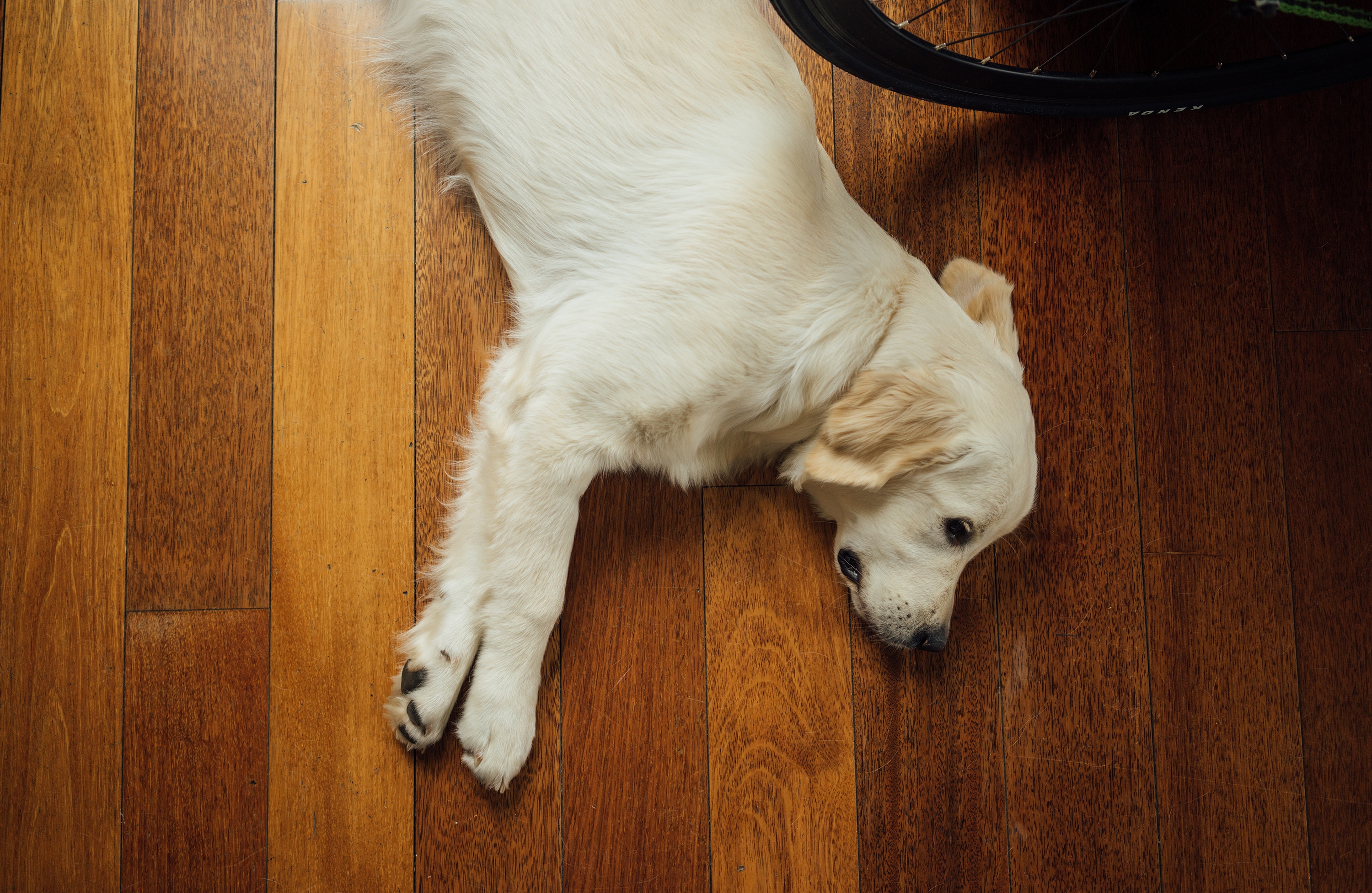
As pet owners, we know accidents happen. Our pets manage to get hurt, cut, scraped, etc… let’s tackle how to treat minor scrapes or cuts on your pet at home … emphasis on the minor! Any injury that fully penetrates the skin (e.g., a bite wound) and/or involves a large portion of the body or an especially sensitive area should receive immediate veterinary attention.
We are talking about the equivalent of a scraped knee or shallow cut here. Even minor wounds should be dealt with promptly, before infection sets in. If the skin around the wound is inflamed or pus is visible, more aggressive treatment than what you can provide at home is probably needed.
If you have any doubts as to the severity of your pet’s injury, play it safe and make an appointment with your veterinarian. Only attempt wound care if you are confident that a pet will not react aggressively to the procedure. If need be, recruit an assistant to help with restraint, and use a muzzle.
Supplies Needed
- Water-based lubricant (e.g., KY jelly – not Vaseline)
- Electric clippers, scissors, or razor
- Warm water
- Clean towels (paper or cloth)
- Antiseptic solution
- SilverQuine Wound Dressing Gel
How to Treat a Pet Wound
- Place a small pet on a table or counter in front of you or get down on the ground with a large pet. Have a second person gently restrain the pet if necessary.
- Cover the wound and surrounding area with a water-based lubricant. This makes removing shaved hair from the wound much easier and decreases contamination.
- Use electric clippers to shave the hair from around the wound. Scissors or a disposable razor can be used with extreme caution to avoid cutting the skin.
- Wipe the water-based lubricant and hair away with a clean, dry cloth or paper towel.
- Wash the area with warm water until all visible debris is gone, then pat dry.
- Apply a non-stinging antiseptic solution to the area. Chlorhexidine is cheap, extremely effective, and readily available. I prefer a 2% solution to limit tissue irritation but 4% solutions are also widely used. Chlorhexidine is ideal because it kills the types of bacteria and yeast that are most commonly associated with skin infections in dogs and cats.
- Apply SilverQuine wound dressing gel to the wound.
- Prevent the pet from grooming the ointment off its skin for at least ten minutes; longer is even better. Take a dog for a walk or sit with a cat in your lap but do not apply a bandage over the area.
- Two to three times a day, clean away debris (if necessary) and apply the antiseptic and ointment until the skin is healed.
- If the wound worsens at any time or fails to resolve within a week, consult a veterinarian.

I found it helpful when you said that you could use electric clippers in order to safely shave the hair from around the wound of your pet. My husband and I will surely consider this since we are planning to shop for over-the-counter pet wound care products for our 8-month old Labrador. He was playing around the garden with my son when he accidentally hit some construction debris that caused wounds on her right foot.